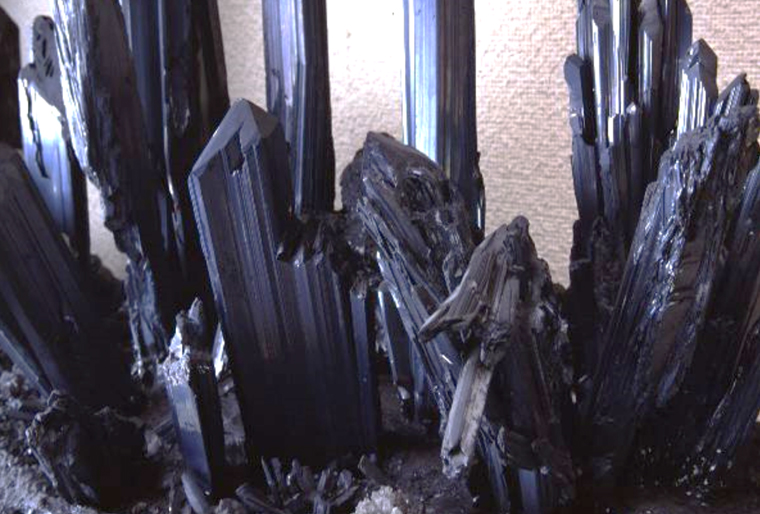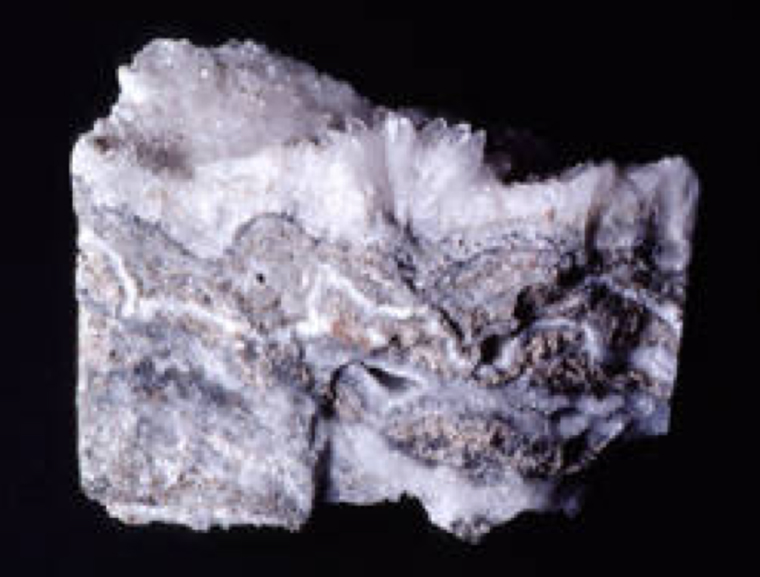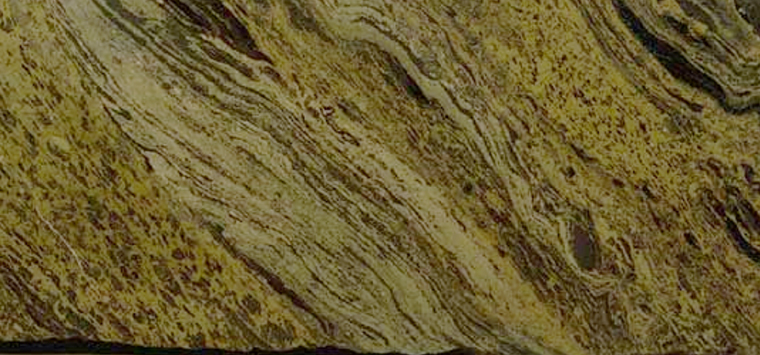

Department of Mining
Most of the specimens in this department have come from mines and mining districts across Japan. The number of registered specimens collected in Japan is up to 7,000, while those coming from foreign countries range up to 2,500. However, a larger number of specimens remain unclassified. Almost all specimens from Japanese mines were collected during the 19th and early 20th centuries. Given that many of those mines are closed now, the significance of the collection is that much greater. These specimens have been sorted and classified according to three categories: ore-forming type (orthomagmatic, pegmatite, skam, kieslager, epithermal vein, xenothermal vein, Kuroko, porphyry, sedimentary, and metamorphosed hydrothermal altered types), locality (Chichibu Pb-Zn skarn deposit of Saitama Prefecture, Mamut porphyry copper deposit of Malaysia, the Korean Peninsula, China, the Philippines, America, Australia, and Africa), and ore type (iron ores, uranium ores, salt rocks, oxide ores, fluorescence minerals, ceramic minerals, oil and oil shale, and manganese nodules). Specimens also include wall and igneous rocks related to mineralization, a large amount of copper ores (weighing a ton) of the Kieslager type from the Besshi mine, Ehime Prefecture, and stibnite crystals (up to a meter in length) of the epithermal type from the Ichinokawa mine, Ehime Prefecture. These contribute significantly to the education and training of surveying the geological field indoors.
 Stibnite specimen from Ichinokawa mine, Ehime, Japan. Its longest blade-like crystal is 60 cm in length. |
 Gold ore specimen formed via supergene processes |
 Copper ore deposit specimen from Besshi mine, Ehime, Japan (known as a Kieslager deposit) |
Back to the Collection Division